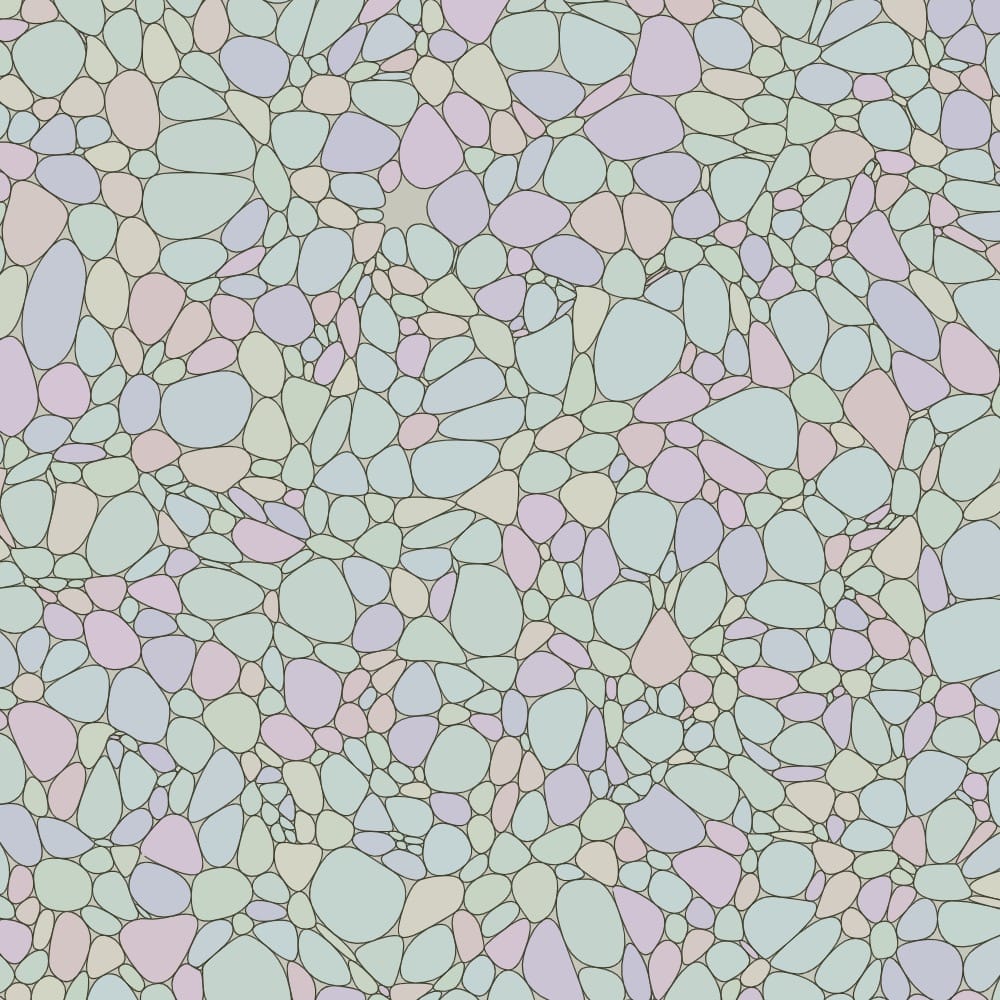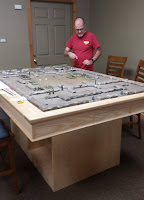Today, we're taking a look at the first thing a player will need to do to get involved in a game: creating a character.
Once you've found a game that you'd like to join, whether through the Browse Games feature, the forums, or some other method, what should you expect to happen, and what should you do?
First, a bit about how narrators set things up:
The system a lot of narrators - myself included - will use for open invitation games is to take applications up until about the end of the default two week application period, then look over all the applications and choose the ones they feel will work best for their game. They'll certainly comment on applications before that point and will let you know if the character just outright doesn't work, but you often won't hear a definitive yes or no until the application period nears its end.
There are exceptions, of course - sometimes your character is just so clearly right for the game that they take it right away, or of course sometimes you're specifically invited to a game—but that's how that style works.
Note that some narrators also use the "Open Lobby" feature of Storium or forum topics to let players discuss character options and ask questions in a place specifically set aside for the game as well - I tend to just take applications, myself, but a lot of narrators love using that feature and if one does, you should certainly feel free to ask questions there! Even if they don't, you can usually ask questions via private messaging. Make sure that you understand the world and the game concepts if you're fuzzy on anything.
Remember, though - whether you are talking to the narrator in the Open Lobby, on the forums, through private messaging, or through any other method, do not construe the narrator saying that it is all right to apply with a particular character as the narrator saying that they will definitely approve a particular character. Narrators will often be willing to help you work through applying for a character or iron out a character idea, but until they actually hit "approve" on your character application, you do not have their approval.
Now...how do you actually apply?
I look at Storium applications as…kind of a job application, honestly. A fun one, but still, the idea as a narrator is to pick out people you're willing to be writing with for potentially several months to a year - these games can last a while, even if they sound short to begin with. You want to get a cast of characters that seems like it can work together, and do your best to pick a group of players that seems like it can gel pretty well.
It's in your interest as a player applying for games to look at things from that perspective too. You need to sell both your character and yourself - your character as an interesting element for the story, and yourself as a player who will be active, reliable, and easy to work with.
So, here are a few things I've found can help you be more likely to be accepted for a game:
- Provide a character picture.
- Narrators like to see those—it helps show that you've thought about the character more, and honestly just gives a good "at a glance" for the character's appearance and general mood or theme.
- Don't worry about getting this exact, necessarily - you don't need to go build your character in an art program or get it commissioned or anything.
- There was a good forum topic a while back where someone - I forget who - said that he looked at it as kind of "casting the part" as though this were a movie or some such - he looked less for an exact appearance match and more for a picture that fit the general mood and tone of the character.
- If you cannot provide a picture for your character - for instance, one player I play with is blind and therefore cannot - then just make sure to state that you could not in your comments along with the application. Narrators will generally be understanding, but it's important to let them know that there was a reason.
- Card art isn't as required, generally, but do pay attention if the narrator specifically asks for it. Narrators don't like having their instructions ignored.
- Take some time on the background - you don't have to (in fact, you shouldn't) spell out every detail of a character's life, but there should still be a perception that you know, in general, who the character is.
- Involve your character in the world.
- If the narrator calls out particular kingdoms or locations or tribes or what-have-you, consider having your character be from one of those places, or having run into people from those places.
- If he mentions events, particularly disastrous ones, consider having those events influence your character's background.
- Above all, try to fit your character into the game's world and the game's tone or mood, or be ready to explain why your character can still fit the game despite the differences. Characters that clash with the game's tone or world can sometimes work, but they will make narrators skittish - it is on you to explain how your character can still fit the game.
- A lot of players will submit characters they played elsewhere, and that's totally fine - I've done it myself with old MUX characters or tabletop characters - but make sure to make that character fit into the story's world all the same, likely with the above methods.
- You don't have to be perfect (though there are some sticklers for grammar rules on Storium that will say otherwise), but do take the time to do what you can to make your writing clear.
- In particular, split your background up into paragraphs (and when you do, hit enter twice to clearly separate them - believe me, it makes it so much clearer). It makes it easier to read, and narrators like to know that they're going to have an easy time reading your posts.
- Take a little extra time with your app - and with your writing on Storium in general. Again, you don't have to be perfect. Just make it clear that you do care about your writing.
- Put things into your background that the narrator can use. You don't have to spell them out as bullet points or anything, but characters that provide the narrator with possibilities are more exciting than those who just are what they are.
- Leave some mystery in there, or imply that a person that hurt you was involved with some evil force or another the narrator established in the game description.
- Narrators, by and large, love to have little cues that they can find in a character's description or background. It helps them involve the character more in the story, and make the story about the characters, rather than about events that the characters happen to be involved in.
- This is a good thing to use comments for as well - when you submit your character and that little box comes up with additional comments, take the time to just briefly talk about some ideas for how the character might tie in to the story, or call out bits in your application that you've intentionally left open for the narrator to use.
- Take a look at the other existing apps and try to make your character feel different.
- If other people are choosing a particular nature, strength, weakness, or subplot, it's a good idea to pick a different one. Storium may not have a tactical need to have different "classes" in your party, but narrators like to have characters that are different from each other.
- Work on differentiating Strengths, Weaknesses, and Subplots as well. A game with three people who all have Agile as their Strength card is simply not as fun to read as a game where those three people have different Strength cards. There are definitely story possibilities with overlap, but most narrators I've seen will prefer characters that differ over those that are similar.
- Write your character as someone who can and will get involved with the story and the other characters.
- Characters who feel like they'll want to be separate from the rest of the group a lot of the time (loners, "I work alone" types), or those who feel like they won't care about the story or will actively act against the story (for instance, a totally sensible character in a slasher flick game, who won't go to explore the creepy old house) will make the narrator nervous.
- Remember: You are writing a character for this story. Your character doesn't have to be fated to be a hero or something like that. He doesn't have to be thrilled about what he's going to be doing. But, deep down at the very least, he should be the sort of person that will pursue the activities the story demands.
- If your character appears to be the sort of person who would run screaming in the other direction from the events of the story or otherwise avoid participating in it, take the time in comments to tell the narrator how you'd like to tie the character to the story more firmly - or at least to give the narrator a few ideas for how it might happen. As above, it is on you to explain why a character that doesn't seem to fit can actually fit.
- Pick the starting cards for your character based on what you want to see come up in the story for that character - not just based on what sounds right for the character. You need to pick starting cards that feel like things that would be interesting to you - things you are going to want to play.
- This tends to matter most for Weakness cards, but can also be a factor in choosing a Strength or Subplot. Pick something that interests you and that you want to see as part of the story.
- I've seen players pick stuff because it "sounded right" or because it was who the character was before the tale, not thinking about where their character's story was quickly going to go and how they actually wanted to portray the character, and it always becomes something frustrating for the player then.
- Finally, for yourself, try to build a good reputation in general. Narrators can, and do, look at your play history. If they see interesting characters, story participation, group interaction, a good attitude, and completed games, they'll look forward to the possibilities presented by having you in their game.
If you would like to know more about character creation and applying for games in Storium, here are a few of my Storium Theory articles on that topic:






















.jpg)













